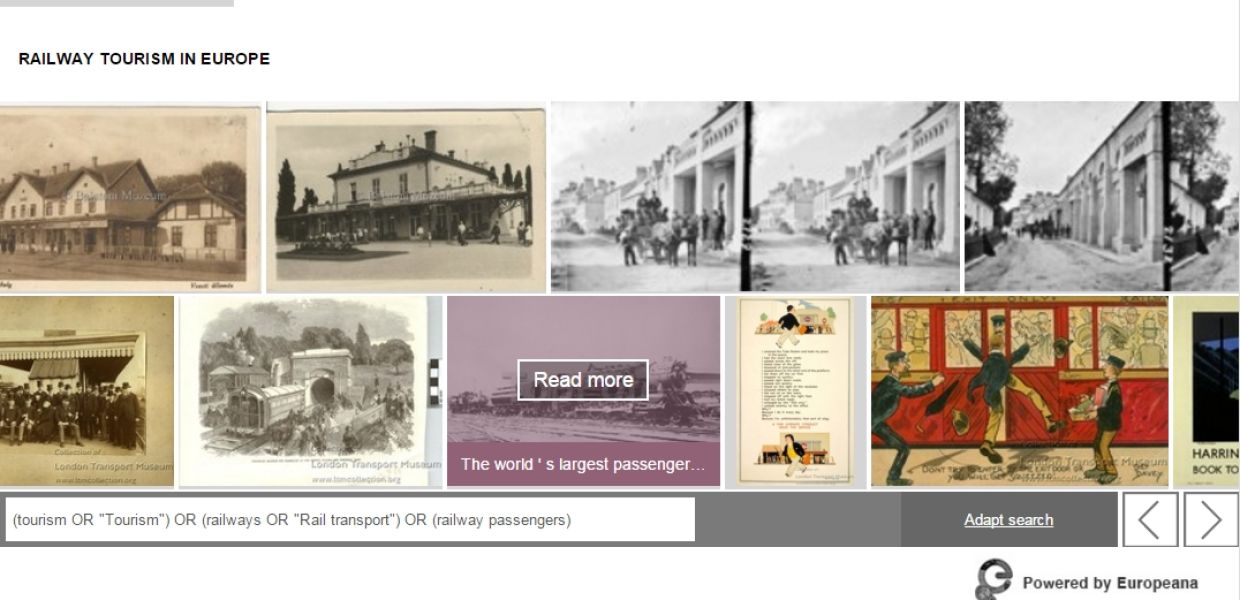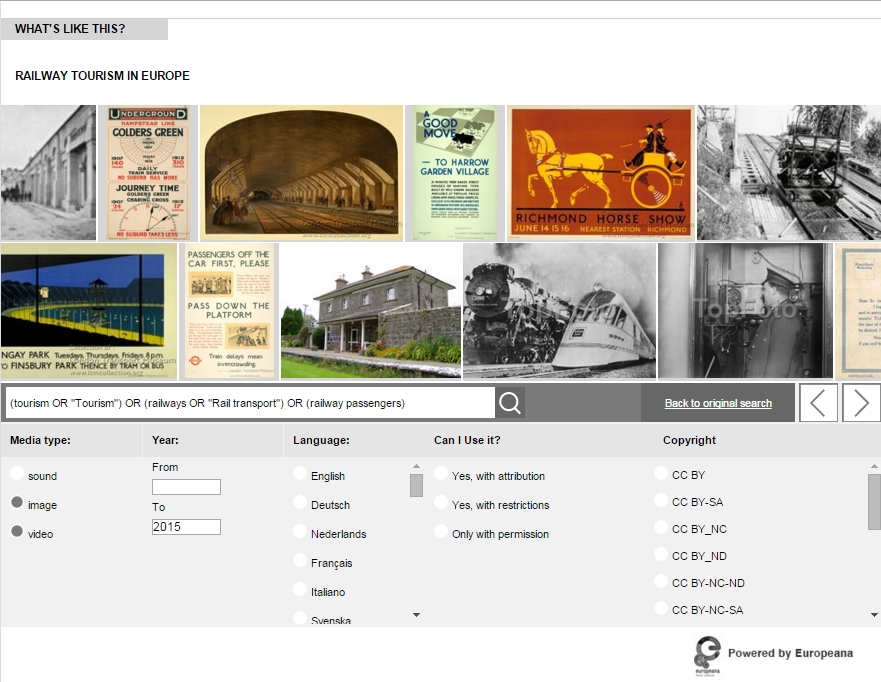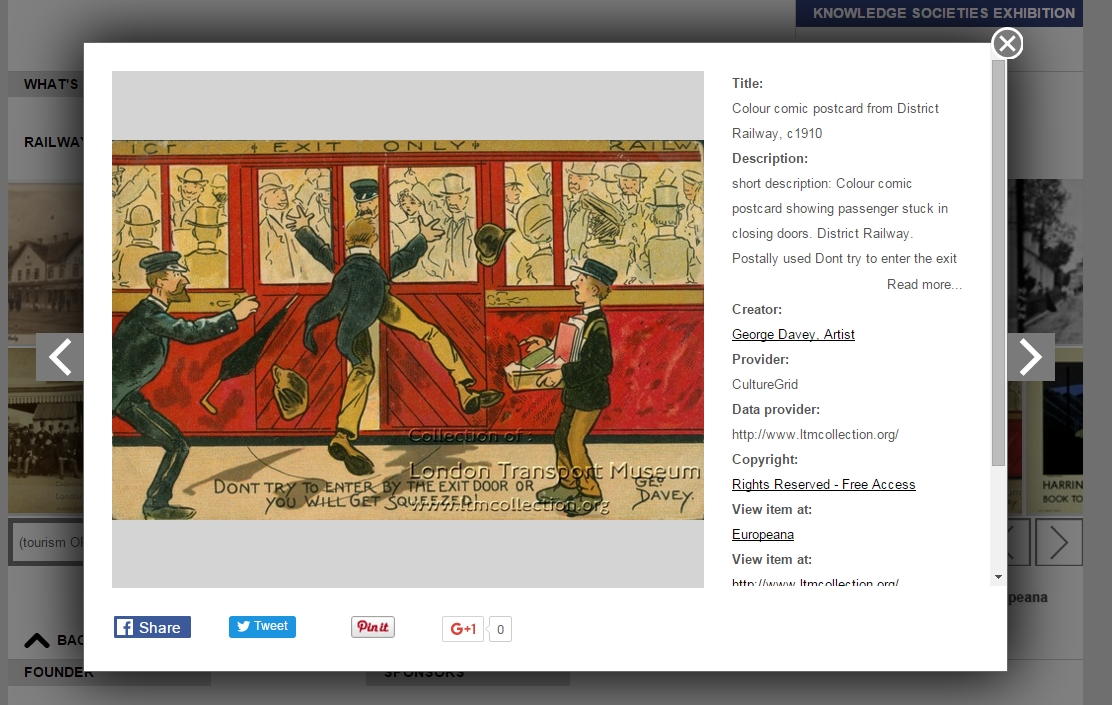Enriching university learning with Europeana

This is a guest blog by Dr. Suzanne Lommers, project manager for Inventing Europe. It's also part of a broader campaign, #Europeana4Education, exploring ways to unlock the potential of digital cultural heritage in education.
Inventing Europe, Europe’s Digital Museum for Science & Technology, recently launched “What’s like this?” on its site, an improved feature used frequently in university teaching across Europe. The feature is enabled by Europeana’s API, and through it, students can explore what else, in Europe’s digital heritage collections, might inform or enrich their research. The feature also opens up opportunities for university teachers looking to encourage their students as they become more advanced researchers in their chosen fields.

An example of a 'What's like this?' section inviting students to discover further items relating to their research
Since Inventing Europe went live in September 2012, over 15, 000 European students have worked with our website during their courses at no fewer than 13 universities in 11 countries. Inspiration for teaching can be found on our web-based education page. Inventing Europe is unique in that it connects 17 years of historical research on the history of science and technology by more than 300 scholars with the collections of 13 renowned European science museums. As such, the website creates new meaning and context for the study of European history, and for Europe’s fast growing digital cultural heritage collections. Europeana has been one of our key partners since the start of our project back in 2011, and the data available through Europeana is frequently used at universities in all corners of Europe.

The 'What's like this?' feature also uses Europeana's filtering capability
Particularly at Masters level, one of the most important shared learning objectives amongst teachers is ‘engagement with current debate in European historiography (such as transnational history, or the historical role of technology in European integration), allowing students to contrast differing historical narratives, like national histories. Students use Europeana’s data to create their own tours through European history. The “What’s like this?” sections give them the option to find objects from different collections and create cross-collection connections. In turn, they can pose new and transnational questions about European history.

A detailed object view of an object made available through Europeana
A side effect of this is that students learn about the people, like them – engineers, consumers and experts – who have built Europe’s infrastructure, society, economy and culture on a daily basis long before the start of the Industrial Revolution. As a consequence, students can start to contemplate their own role in Europe’s future, as architects, engineers, computer specialists, historians and economists.
At the Bachelor level, most students use Europeana data through our “What’s like this?” section for shorter exercises, such as our Object Contextualization assignment. The internet opens up many new opportunities for university teachers hoping to help their students to become skilled researchers. By using the “What’s like this?” section, students learn to contextualize historical items, and appreciate the local, national, international and European meaning of objects. They begin, for instance, to question the objects themselves, their metadata and ways to interpret these in relation to where the object is located on the web.
At the end of the assignment, students often report back to their teachers that they finally feel that they have created real value and new meaning, and recognised that they are part of a larger community of students who are all part of this international project, ‘Inventing Europe’. By re-using digital cultural heritage materials in this way, students become active creators of Europe’s future economy and culture.
